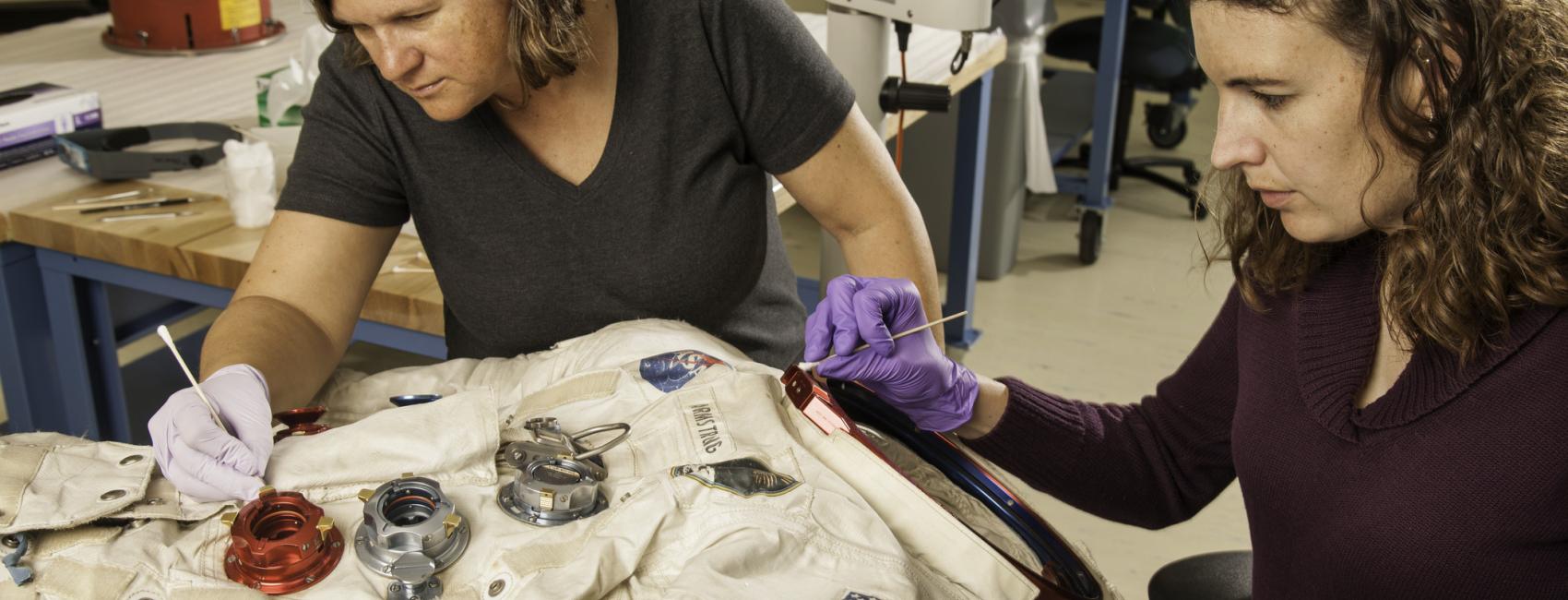
Oct 28, 2016
File this next photo from our “Caption This” series under bizarre work-place duties. The captions you submitted were spot on.
And for exciting the #AVGeek in us this one gets especially high marks: “The boss said I had to do something about my attitude.”
The truth is this man is no circus performer, he’s a test subject. In 1966-1967, NASA Langley developed OMEGA (One-Man Extravehicular Gimbal Arrangement). OMEGA was created to simulate weightlessness and permitted its tester unlimited movement. Tests were conducted using OMEGA with subjects in flight suits and pressure suits to determine the best operation techniques and refinements to the device.
In a paper presented in 1966 to the American Society of Mechanical Engineers, A.W. Vogeley wrote:
Langley is conducting in-house and contract studies of extravehicular activities wherein zero gravity is simulated by water-immersion technique . . . Water immersion is a very useful technique when motions are slow. When more rapid motion is require, as in studying one-man propulsion systems, other approaches are required.
OMEGA was one approach, along with other systems like it. The below pictures from NASA suggest that a number of systems and techniques were explored. It’s unlikely, however, that any of them truly competed with neutral buoyancy training or reduced-gravity aircraft (aircraft that can create brief moments of near weightlessness).

We rely on the generous support of donors, sponsors, members, and other benefactors to share the history and impact of aviation and spaceflight, educate the public, and inspire future generations. With your help, we can continue to preserve and safeguard the world’s most comprehensive collection of artifacts representing the great achievements of flight and space exploration.
We rely on the generous support of donors, sponsors, members, and other benefactors to share the history and impact of aviation and spaceflight, educate the public, and inspire future generations. With your help, we can continue to preserve and safeguard the world’s most comprehensive collection of artifacts representing the great achievements of flight and space exploration.